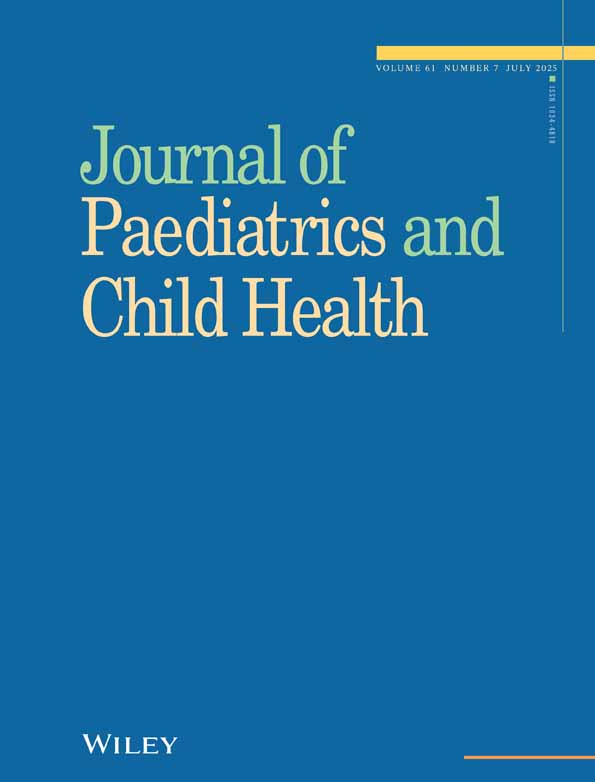Audiological evaluation of very low birthweight infants
D. Tudehope, MB, BS, FRACP, Director of Neonatology. V. Smyth, BA, MEdSt, Phd, Senior Lecturer. J. Scott, BSpTh, Dip.Aud, MASA, Audiologist-in-Charge. Y. Rogers, Research Assistant
Abstract
ABSTRACT A population of consecutively surviving very low birthweight (VLBW) infants comprising 41 infants (24 female) birthweight <1000 g and 108 infants (63 female) birthweight 1000–1500 g received detailed audiological evaluation. The audiological test battery comprised auditory brainstem evoked response (ABR) prior to hospital discharge, behavioural audiometry and tympanometry at 8–12 months and monitoring as necessary. The ABR results were interpreted with reference to a normative group of 36 full-term infants (birthweight 2.4–4.5 kg). Of the 142 VLBW infants completing audiological evaluation, one (0.7%) had evidence of moderate-severe high frequency sensorineural hearing loss, 83 (58.5%) evidence of conductive dysfunction (18 severe, 42 moderate and 23 mild) and only 58 (40.8%) normal hearing. The 19 infants with severe auditory impairment were more likely to have suffered moderate-severe apnoea, two courses of mechanical ventilation, prolonged oxygen therapy and recurrent upper respiratory tract infections in the first year of life than infants without severe impairment (P<0.05). Because of the incidence of conductive pathology, difficulties occurred when attempting to compare ABR status at 36–42 weeks postmenstrual age with peripheral hearing status at 8–12 months as assessed by visual reinforcement orientation audiometry (VROA) and impedance audiometry. The most useful ABR test parameters as screening measures of peripheral auditory status were Wave I-III-V morphology, wave V threshold levels and wave V absolute latency values when used in combination as a test battery. Auditory brainstem evoked response performed at 36–42 weeks postmenstrual age combined with follow-up tympanometry, may be regarded as a viable method of monitoring at risk VLBW infants that can be used before behavioural testing in isolation is reliable.




